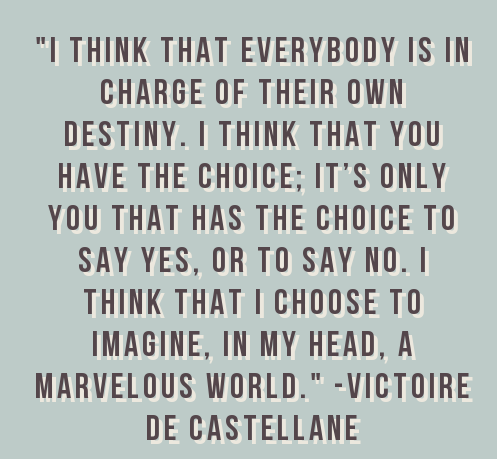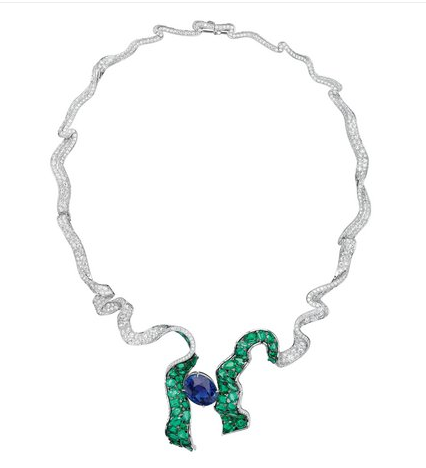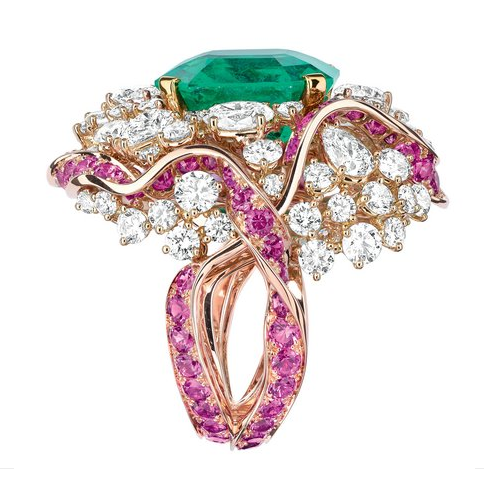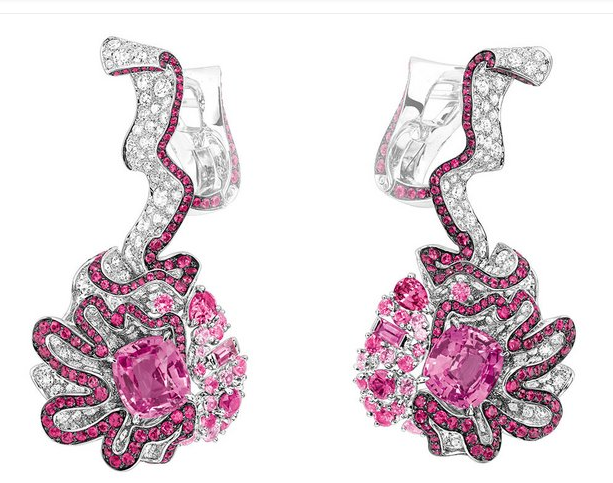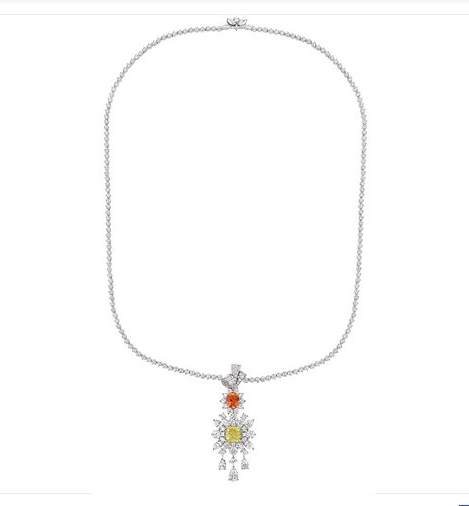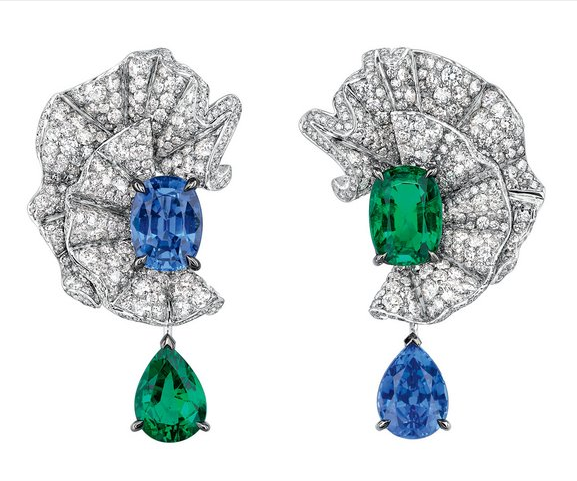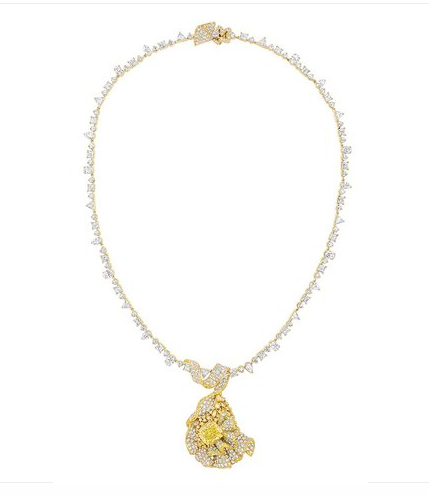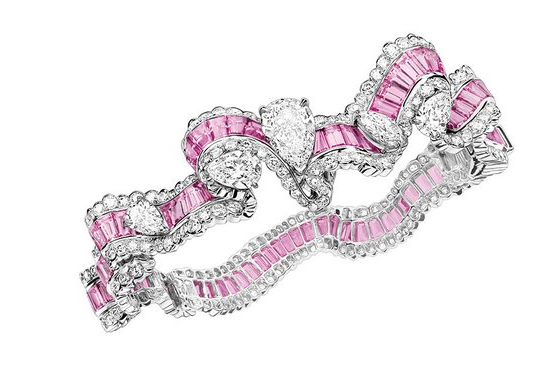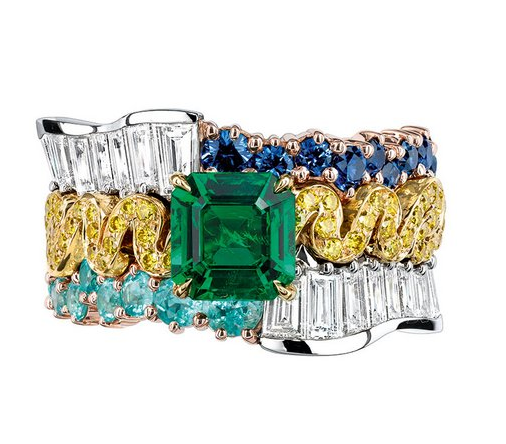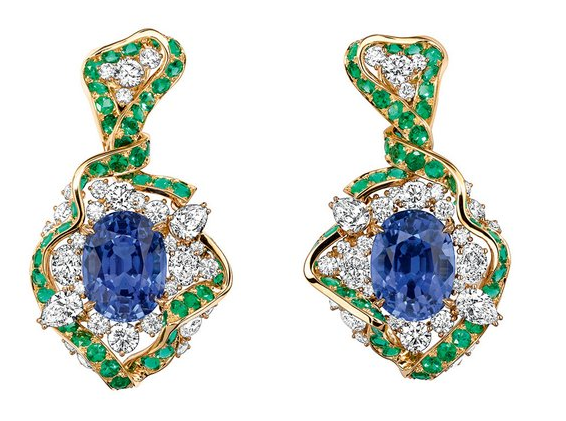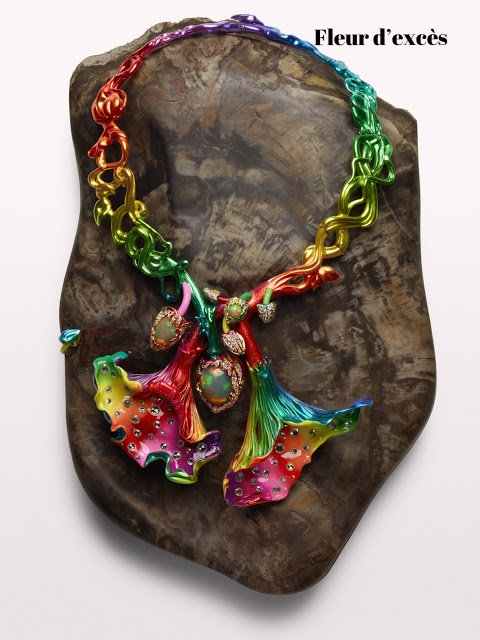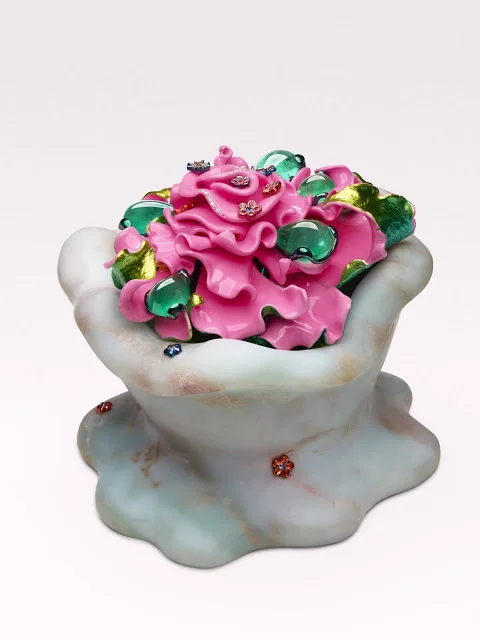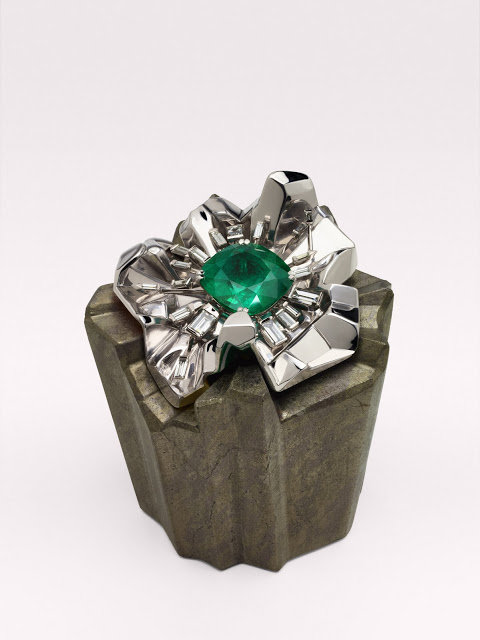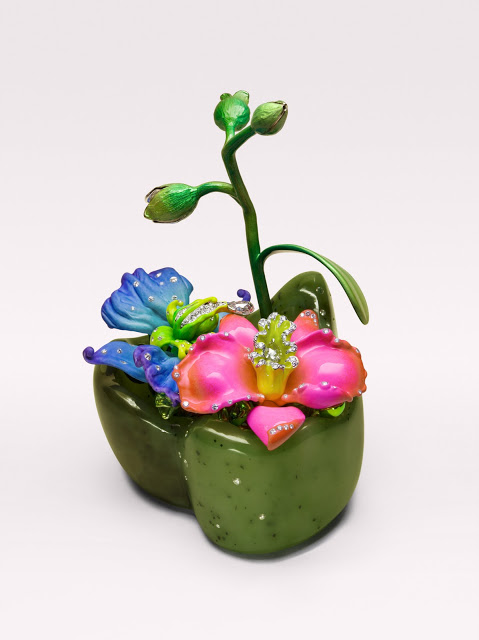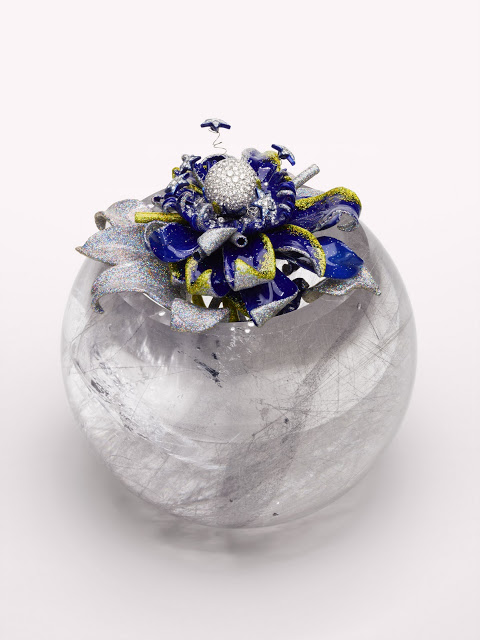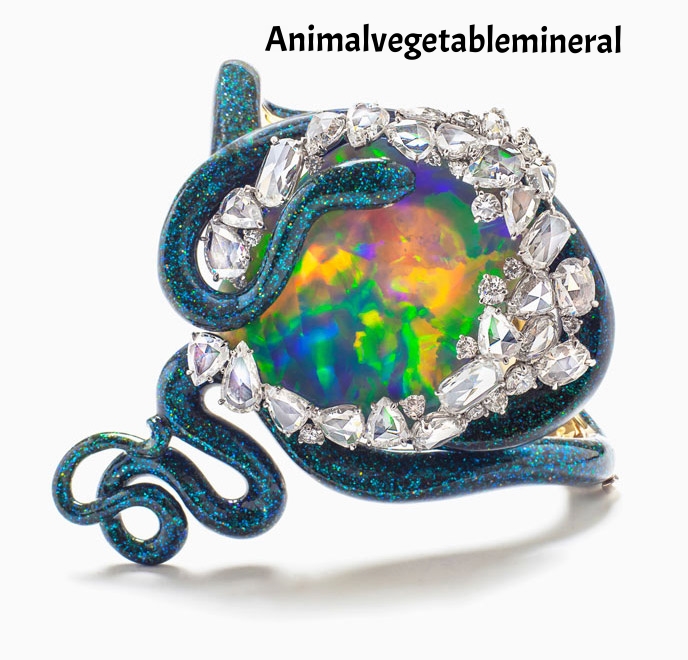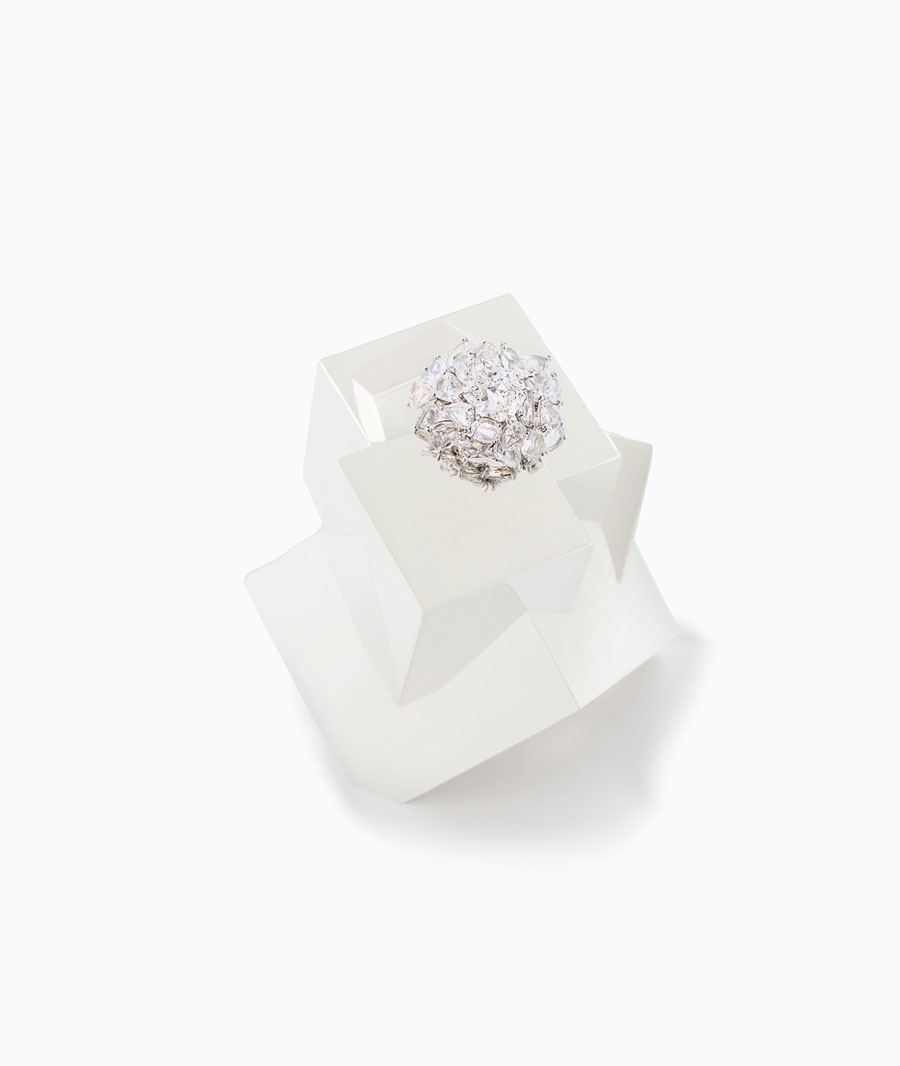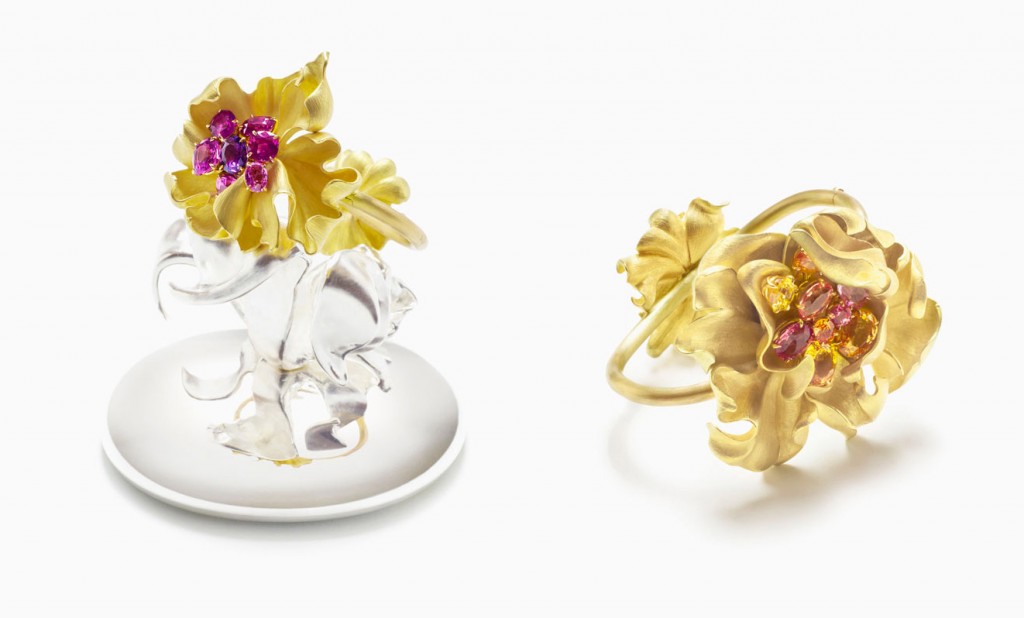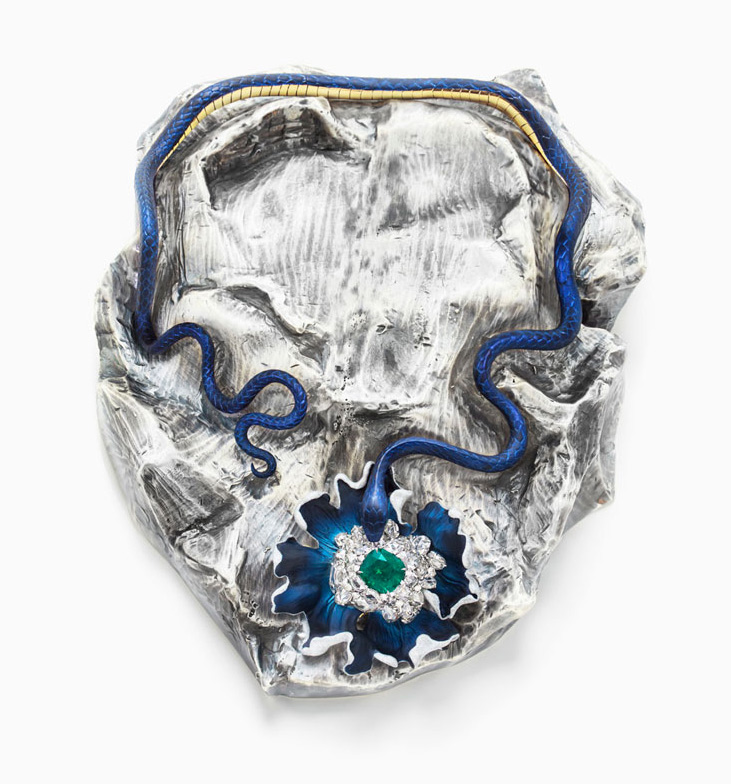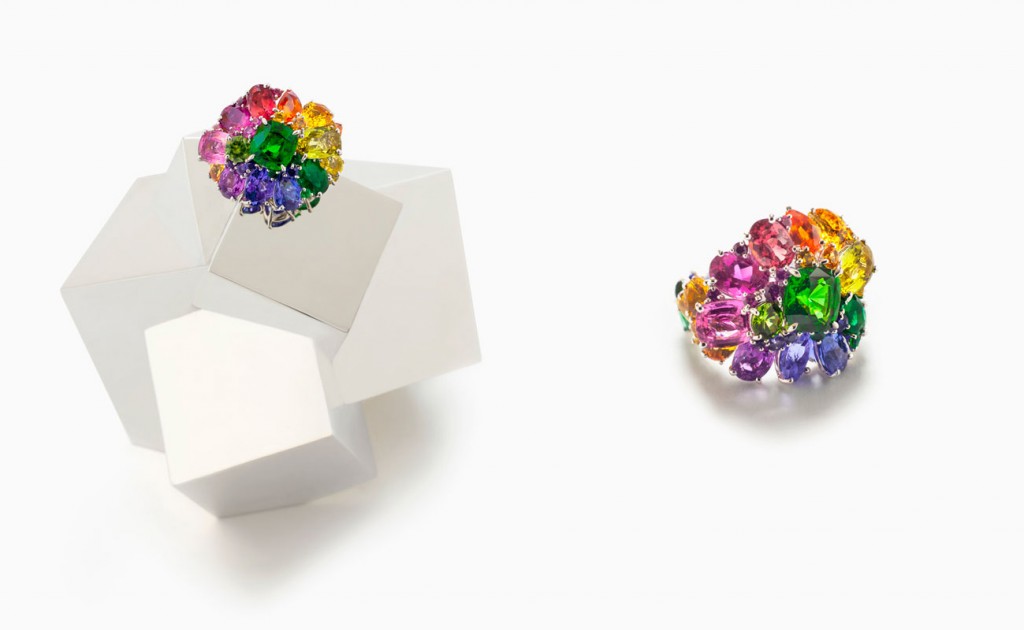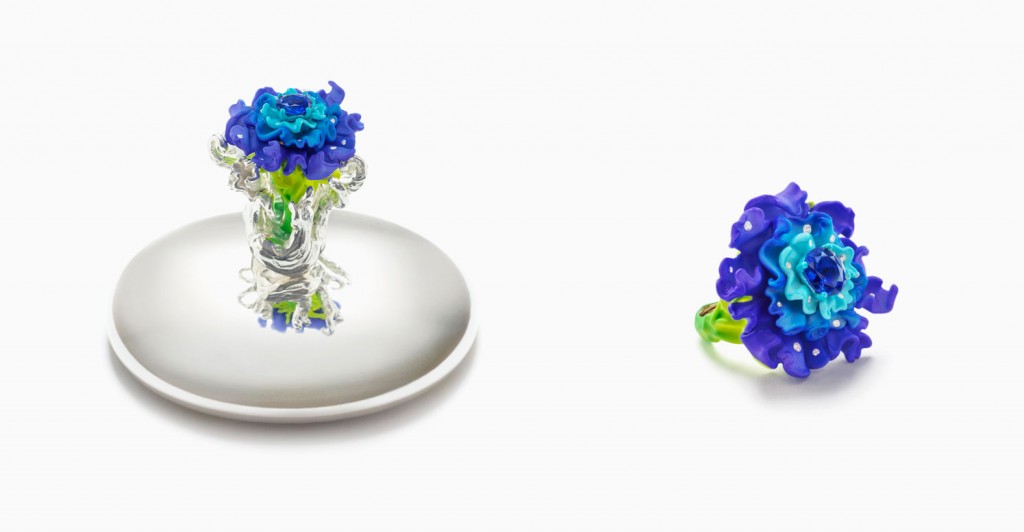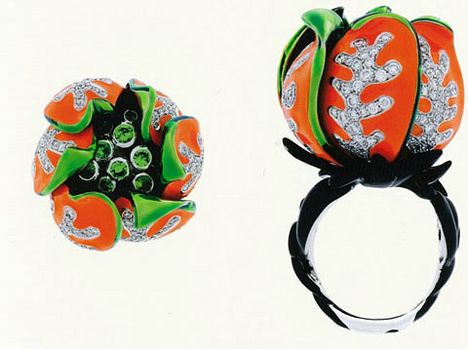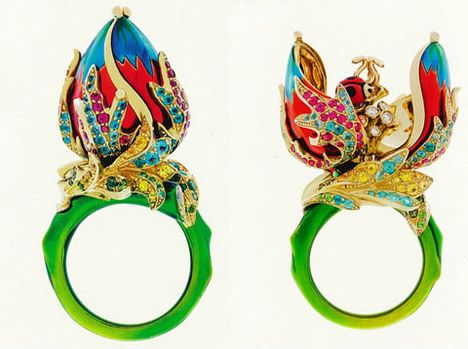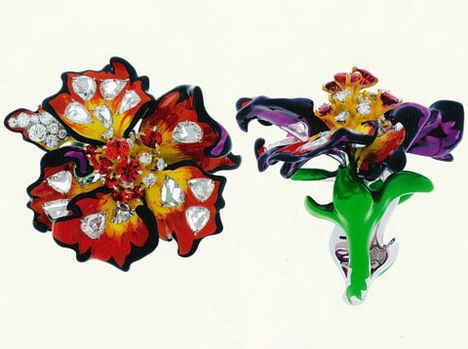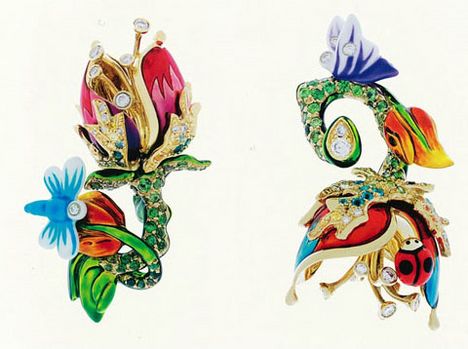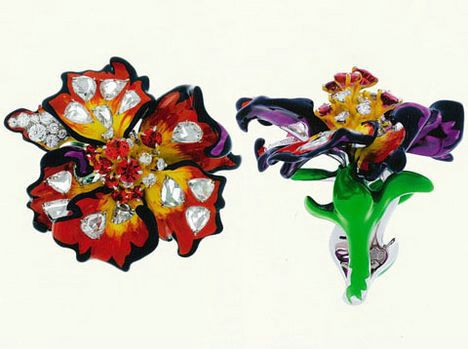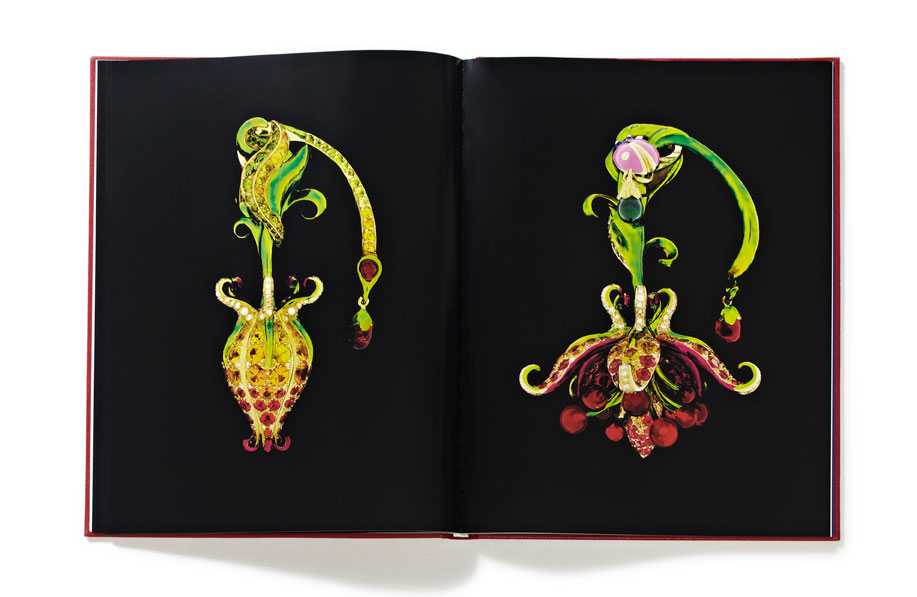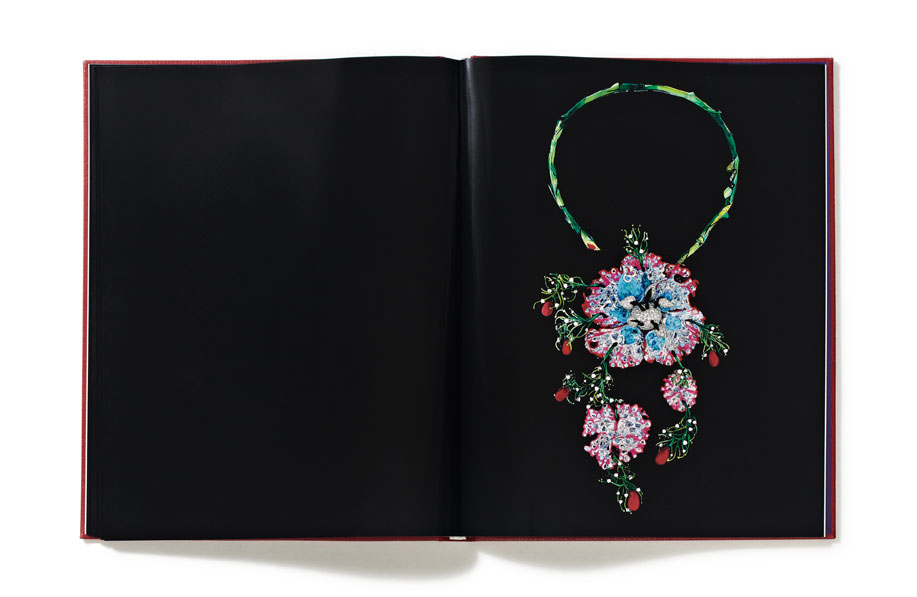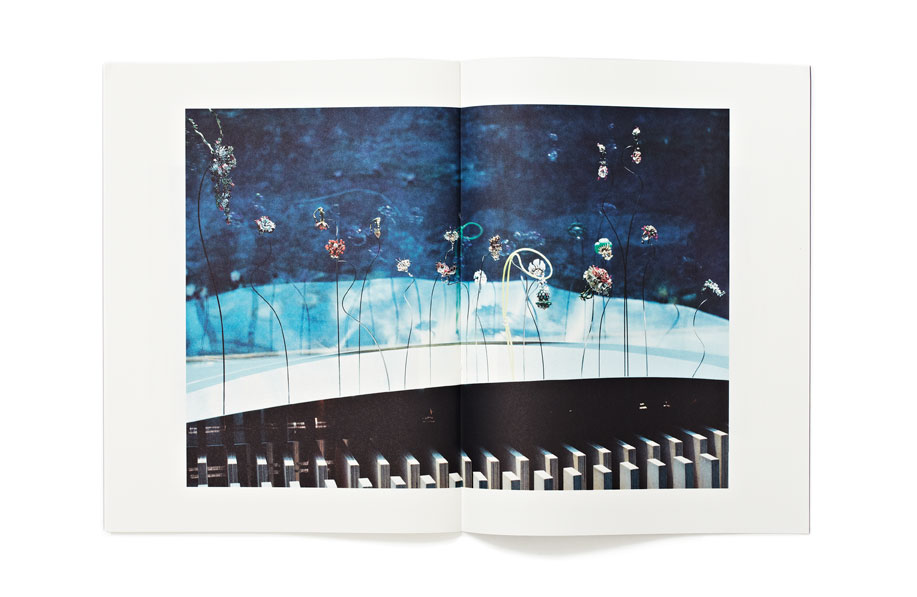Mark Davis: Hypercrafted Jewelry
/Founded in 1999, Mark Davis is an ultra-niche designer and manufacturer of "hypercrafted" luxury goods. Mark’s expert use and adaptation of alternative materials is one reason that his jewelry is so special. By applying the exacting techniques of the haute joaillerie to materials not traditionally considered “fine,” Mark has created collections remarkable for their freshness and exceptional distinctiveness.
While each collection has its distinct characteristics, all share important attributes. Quality is paramount in every respect: Mark works in close collaboration with his team of highly skilled artisans to realize his designs and to maintain exceptionally high standards not often offered today. A tremendous amount of manual labor—using both ancient jewelers’ techniques and modern manufacturing methods—is invested in every Mark Davis piece. Every item is meticulously handmade in their New York City studio. Nothing is mass-produced, and most pieces are one of a kind. Those created in multiples are available only in limited quantities.
POLYOXYBENZYLMETHYLENGLYCOLANHYDRIDE A.K.A. BAKELITE
"SUGARLOAF" RING OF LAMINATED, HAND-CARVED, VINTAGE BAKELITE "SCRAPS" MOUNTED IN 18 KARAT GOLD.
Invented by Leo Baekeland in New York in 1907, Bakelite was the first completely synthetic plastic material. It contained no petroleum or plant-derived ingredients. The development of Bakelite changed the course of mankind and the planet. Unfortunately, all the changes have not been good. Some of the properties that made Bakelite so remarkable 100 years ago have come to haunt us today. Bakelite does not melt and cannot be recycled like most petroleum plastics. Its once-desirable durability becomes a liability when it enters the waste stream.
The vintage Bakelite used in Mark's products is an example of recycling in its purest form. They repurpose material that cannot be recycled, preventing it from entering the waste stream in the first place. By treating it like a precious material, has essentially elevated its status to highly desirable as well as beautiful.
Mark Davis bakelite jewels depends on exacting techniques of working the bakelite that are similar to those employed for natural ivory, but without ivory’s associated ecological devastation. In addition, the bakelite offers a range of colors and patterns that are unique and remarkable in their own right. Thermosetting resins cannot be melted and reformed. They must be reformed by hand with labor-intensive techniques. Every piece is individually subjected to a combination of sawing, carving, filing, sanding and polishing. All work is done by hand in their New York City workshop.
VINTAGE BAKELITE BANGLES WITH 18 KARAT GOLD WIRE INLAY AND AMETHYSTS.
BANGLES CREATED FROM VINTAGE BAKELITE WITH 18 KARAT GOLD WIRE INLAY AND PERIDOT.
Mark Davis chooses to use the term “bakelite” with a lowercase “b” as a blanket term to identify a wide range of vintage thermosetting resins. These include Bakelite, Catalin, Prystal, Beetle, Galalith and others. All of the bakelite they use are vintage material which they have searched the world for. They cannibalize material from wherever they find it, including old clocks, jukeboxes, game pieces, lamps and billiard balls.
WOOD
WOODEN BANGLES INLAID WITH VINTAGE BAKELITE AND SET WITH COLORED GEMSTONES MOUNTED IN 18 KARAT GOLD.
The woods used in Mark Davis jewelry are selected for their natural beauty, durability, and sustainability. The wood that is used is from managed resources or naturally fallen trees, as well as wood reclaimed from architectural demolition. All woods are presented in their natural colors: no dye, stain, or paint are uses on them. Depending on the physical characteristics of the type of wood used, the pieces are finished with a natural wax or a more durable lacquer.
GOLD AND PLATINUM
HAND-CARVED VINTAGE BAKELITE "SUGARLOAF" RING MOUNTED IN 18 KARAT GOLD.
Mark Davis has choosen to use only recycled eighteen karat gold and platinum in our jewelry. All of the precious metals come from suppliers that are as committed to environmental stewardship as Mark Davis is.
SUSTAINABILITY
EVEN THEIR EARRING BACKS ARE HAND-MADE. THEY DO NOT USE COMMERCIALLY PRODUCED STAMPED BACKS.
"By its very nature, our jewelry is the most eco-friendly fine jewelry in the world. That is not an exaggeration. With only very few exceptions, our fine jewelry is, on average, created from 80 percent post-consumer recycled materials. In some instances, that number rises to more than 95 percent...
We have corporate policies in place that ensure an aggressive reduction in the amount of disposable consumables used in both our administrative and production operations every year. We also financially support environmental organizations that are working to remediate and prevent environmental damage to the world we all live in.
The precious metals used in our products, as in almost all jewelry produced today, are recycled. We purchase our gold, platinum and silver from suppliers who have received independent, third-party certification confirming that the metals are indeed recycled. Additionally, our suppliers have received independent, third-party certification of their refining processes and systems. If not properly and responsibly executed, the reclamation and refining of precious metals can be almost as harmful to the environment as the production of newly mined ore. By working with suppliers who are regularly subjected to rigorous auditing and testing, of both their products and processes, we can confidently assure our customers that the precious metals in our products are eco-friendly."
MARK DAVIS
Born in Manhattan, Mark spent his formative years in Malaysia. An aesthete since childhood, he was expelled from the International School of Kuala Lumpur for refusing to wear a uniform he considered ugly. His expulsion notwithstanding, Mark returned to New York to attend Parsons School of Design, the Fashion Institute of Technology and New York University.
An internship in Christie’s jewelry department followed by a job with an estate jeweler in Manhattan afforded Mark the opportunity to handle a tremendous number of fine and exceptional jewels. These experiences were instrumental in teaching him both about the importance of fine craftsmanship and the value in working for himself.
Mark began designing and producing his first line of jewelry in 1999, and the fashion press quickly took notice of his distinctive aesthetic. Just months after they were created, his first pieces appeared in Harper’s Bazaar, W and Elle.
Fascinated since childhood by all things mechanical, and convinced that exceptional production methods are as important as fine design, Mark built a complete in-house production facility, where he conceives, designs and produces his jewelry along with a team of skilled artisans who work under his close direction.
Mark’s aesthetic is frequently described as “future classic.” Even when the materials used are vintage, his jewelry has a distinctively contemporary feel that is current without being trendy. His continual development of new designs and concepts offers clients an ever-expanding selection to discover, enjoy and collect.
Visit the Mark Davis website for more information.



